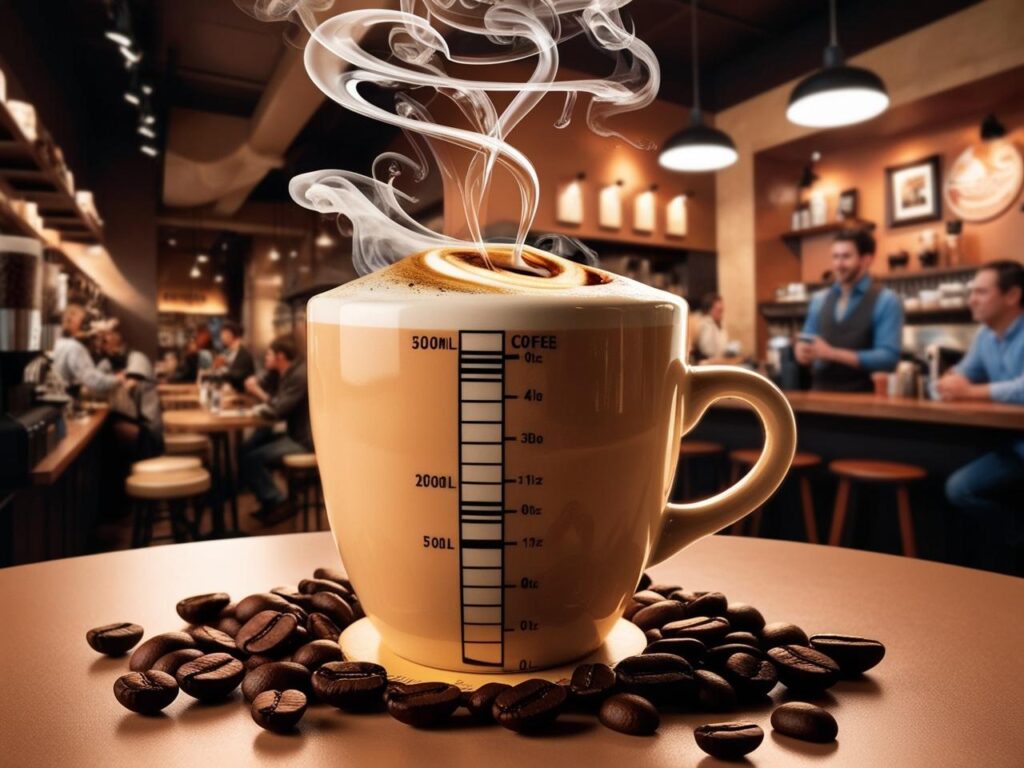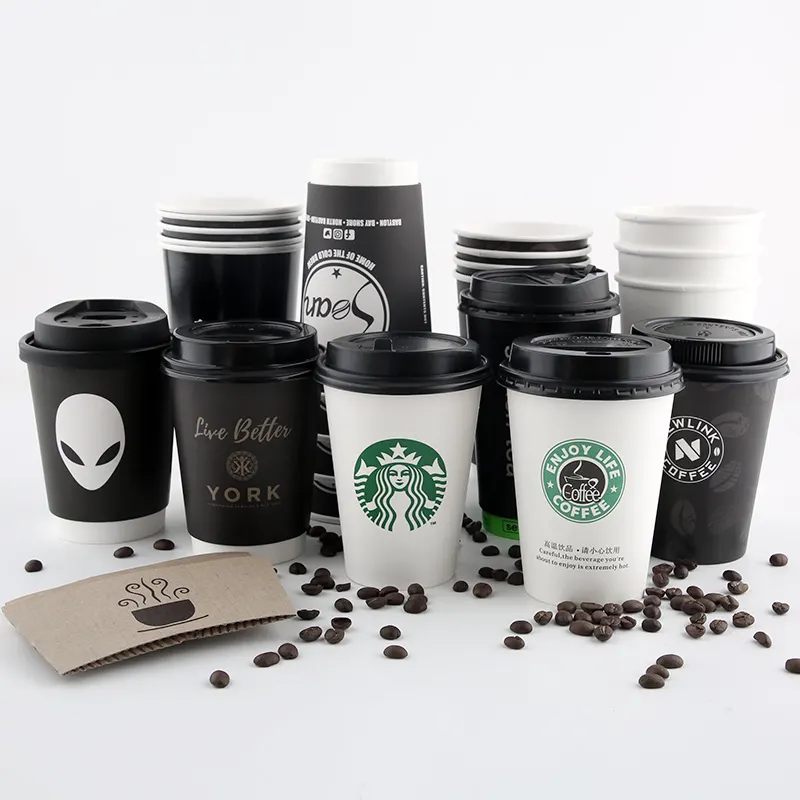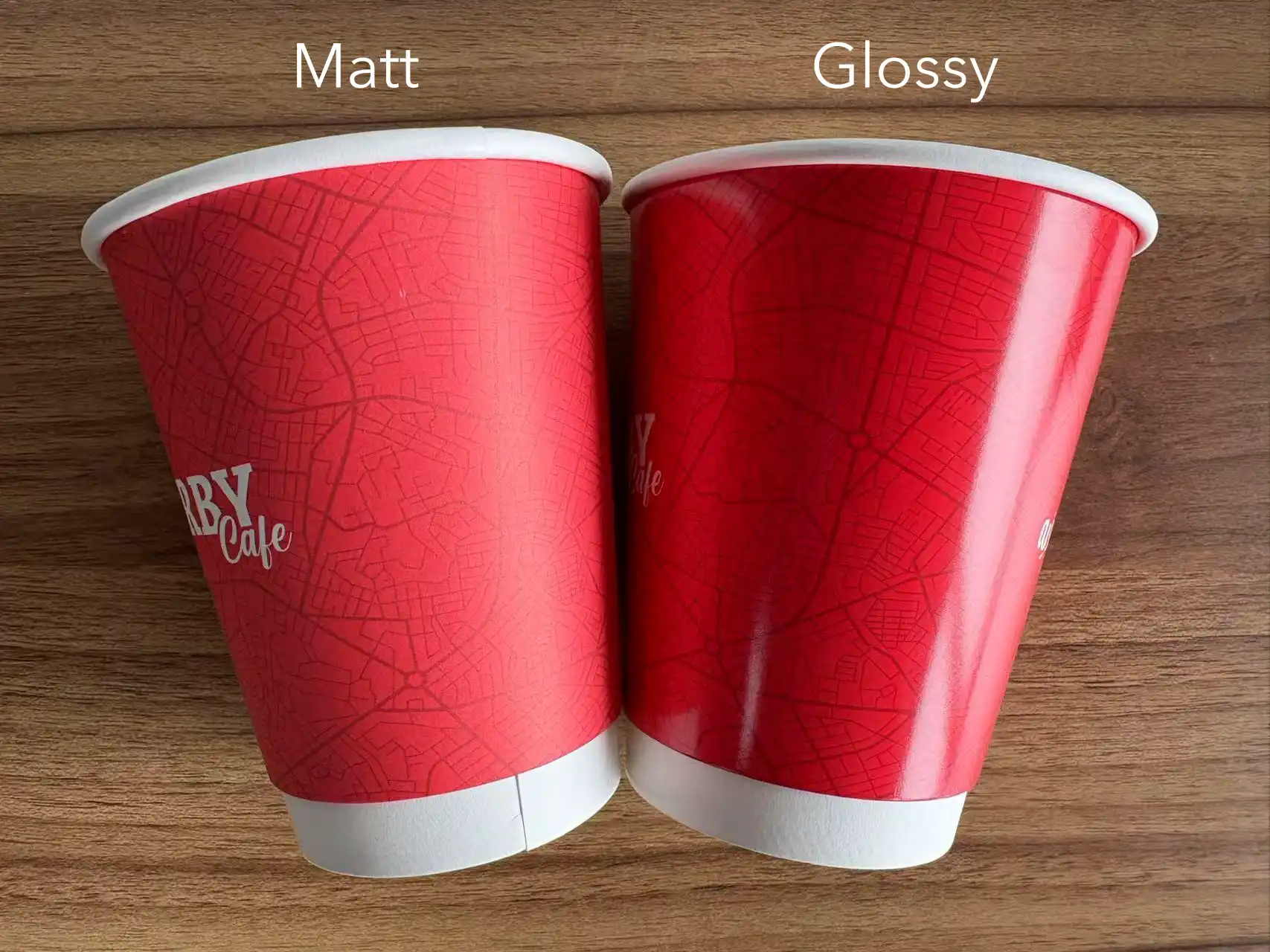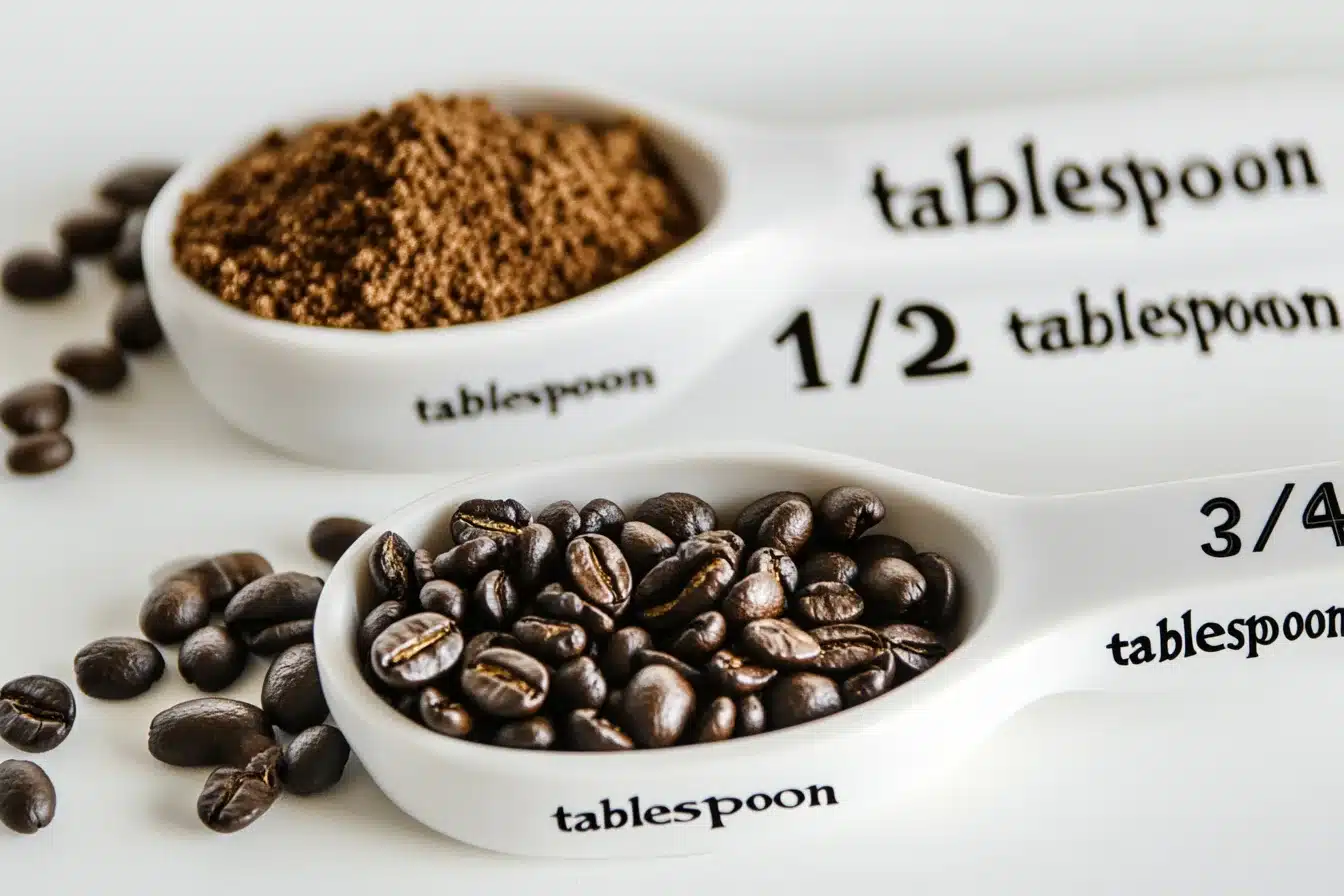Have you ever wondered about the ideal size for your coffee cup? How many ounces per cup?
As a coffee shop owner or a coffee brand looking to enhance your customer experience, understanding how many ounces per cup is crucial for offering the perfect brew. The standard size for a coffee cup typically ranges from 6 to 8 ounces, but this can vary based on your specific needs.
Let me guide you through this essential aspect of coffee service that can significantly impact your brand’s customer experience and operational efficiency.
The standard size of a coffee cup varies, with most traditional coffee cups holding 6 ounces, while the modern standard has shifted towards 8 fl ounce 236.6 ml. However, coffee cup sizes can range from 4 ounces for espresso to 31 ounces for specialty drinks, depending on the type of coffee and serving style.
Understanding Standard Coffee Cup Sizes
Definition and Common Measurements
How many oz in a coffee cup? When it comes to coffee cups, the “standard” size is often defined by its volume. In the United States, the most common measurements for a coffee cup are either 6 oz or 8 oz. This is important for consistency in brewing, especially in coffee shops where quality control matters. If you’re serving brewed coffee, these sizes provide an optimal balance of coffee to milk ratio.
But how do these sizes convert to other measurement systems? In milliliters, a 6 oz cup is equivalent to approximately 177 ml, while an 8 oz cup holds about 237 ml.

Global Perspectives on Cup Sizes
But how many oz in a coffee cup in your country? Different countries have slightly varying standards for what constitutes a “cup.” In Europe, for example, the typical coffee cup might be larger than the standard 6 or 8 oz American cup, especially for drinks like cappuccinos and lattes. It’s essential to know these variations when you’re sourcing cups for your café or restaurant to cater to international customers and ensure consistency.
Through our extensive experience in custom paper cups supply, we’ve observed how different markets define their standard cup sizes:
- United States: 8 fluid ounces (237 ml)
- Europe: 250 ml (8.45 fluid ounces)
- Australia: 250 ml (8.45 fluid ounces)
- Japan: 200 ml (6.76 fluid ounces)
Cultural differences significantly influence coffee cup sizes worldwide. How many oz in a cup of coffee? While Americans typically prefer larger coffee portions, European cafés often serve coffee in smaller cups to preserve the intensity of flavor.
The Importance of Accurate Measurements
Effects on Flavor and Strength
The size of your coffee cup affects more than just presentation—it directly impacts the flavor and strength of your coffee. A smaller 6 oz cup, for instance, will concentrate the coffee’s flavor, making it more intense. On the other hand, a larger 8 oz cup allows more room for milk, which could dilute the coffee’s strength, depending on how it’s brewed.
Maintaining consistency in measurements is key, especially for coffee shops that pride themselves on delivering the same great taste every time. If you’re looking to enhance your brewing process, be sure to keep your cup sizes consistent.
For more tips on improving your coffee service, visit our guides and tips.

Portion Control in Cafes
For coffee shops, portion control is not just about keeping costs down—it’s also about consistency. Whether you’re serving espresso, cappuccinos, or a traditional black coffee, the size of your cup plays a significant role in portion control. Large cups can be great for lattes or iced coffees, while smaller cups are better suited for more concentrated beverages like espresso.
Not all coffee cups are created equal, and that’s where customization options from Get Bio Pak Co., Ltd. come in. We offer customized coffee paper cups that are perfect for cafes looking to showcase their unique branding while maintaining consistent cup sizes.
Specialty Coffee Sizes and Implications
Overview of Different Types of Coffee Cups
Coffee shops are known for offering a variety of coffee types, each with its own ideal cup size. For example:
- Espresso: Typically served in 4 oz cups, espresso is a strong, concentrated shot of coffee.
- Cappuccino: Usually 6 oz, cappuccinos require a balance between espresso, steamed milk, and foam.
- Latte: Often served in larger cups (8 oz or 12 oz), lattes have more milk, creating a creamier texture.
- Americano: Can be served in 6 oz to 8 oz cups, depending on how strong the customer likes their coffee.
Each coffee type requires a different cup size to deliver the best taste and presentation. Choosing the right size is important not only for consistency but also for customer satisfaction.

Customizing Your Coffee Experience
How to Choose the Right Cup Size for Your Coffee
Selecting the right cup size for each type of coffee you serve is key to providing a premium customer experience. At Get Bio Pak Co., Ltd., we understand that every coffee drinker has their preferences. Whether you’re serving a bold espresso shot or a creamy latte, the size and design of your coffee cup can enhance the overall experience.

Our customized coffee paper cups give you the opportunity to tailor your cups to meet your specific needs. If you’re looking for a unique way to increase your brand visibility while ensuring quality and sustainability, we have the perfect solutions.
Conclusion
In conclusion, understanding the different coffee cup sizes and their impact on the flavor, strength, and overall customer experience is crucial for any coffee business. Whether you choose a 6 oz cup for an espresso or an 8 oz cup for a latte, the right cup size enhances the taste and presentation of your coffee. And when you combine the perfect cup size with a custom design from Get Bio Pak Co., Ltd., you can take your coffee service to the next level. So, next time you’re choosing a cup, remember—the right size matters.
FAQ Section
Q: Is a cup of coffee 6 or 8 oz? Traditionally, a standard cup of coffee was 6 ounces, which is the measurement many coffee makers use for their cup markings. However, modern coffee cups typically hold 8 ounces, and many coffee shops use this as their standard serving size for regular brewed coffee.
Q: How many ounces are in a standard coffee cup? A standard coffee cup holds 8 fluid ounces (237 ml) in most modern contexts, particularly in the United States. However, this can vary by region and establishment, with some European countries standardizing at 250 ml (8.45 oz).
Q: Is a cup of coffee 4 ounces? A 4-ounce cup is typically reserved for espresso-based drinks rather than regular brewed coffee. While some traditional European coffee cups might be this size, it’s not considered standard for American-style brewed coffee servings.
Q: Is a cup of coffee 6 or 8 oz at Starbucks? At Starbucks, their “short” size is 8 oz, which is their standard coffee cup size. They don’t offer a 6 oz option. Their sizes range from 8 oz (short) to 31 oz (trenta), with the most popular being the 12 oz (tall) and 16 oz (grande).
Visit our website to learn more about our paper cup guides and tips and discover why we’re among the top 6 paper cup companies in China. For personalized assistance with your coffee cup needs, please contact us today.






